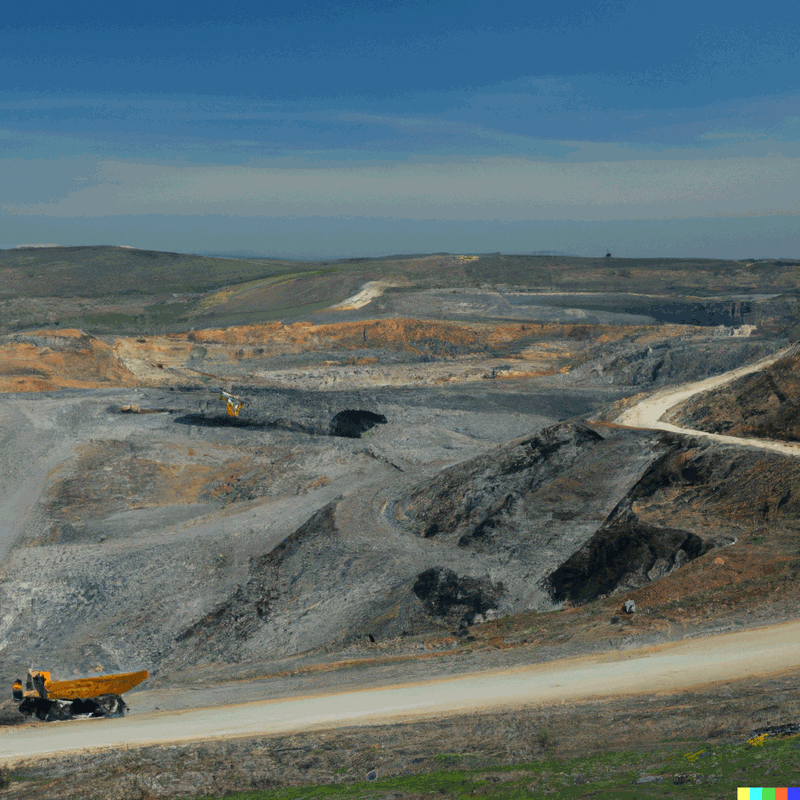Since the turn of the century, Canada has fallen from its standing as the world’s leading producer of minerals. Economic analyses estimate that for the globe’s top 10 countries, Canada’s rankings have dropped from the top or near-top producer in most minerals, to as low as the 8th or 9th in the rankings. A newly released report from the Mining Association of Canada (MAC) outlines the economic and social benefits that could come with increased mining investment and production.The report finds that, if increased investment and production efforts are made, Canada could regain its spot as a top producer and exporter of minerals.
The report marks the most recent call-to-action that the Mining Association of Canada (MAC), or the national association representing Canada’s mining and mineral sector, has made to the general public. Their purpose is to gather both public and policymaker interest in investing in and increasing production of mineral resources in Canada. The MAC has articulated its goals of providing stable economic growth, safe and healthy workplaces, and investment opportunities that will create meaningful jobs and supports to rural communities that rely on these activities. Specific elements of the report include an increase in investment, public-private partnerships, and in public infrastructure such as bridges, roads, railways, ports, and hydropower, allowing faster, cheaper, and more reliable access to mineral property.
The report outlines the economic benefits that could come with increased investment and production in Canada’s mineral sector. The mineral sector currently accounts for 8.6% of Canada’s total exports, representing more than $67 billion in exports in 2018 alone. Mining directly employs more than 382,000 workers across the country, with an additional 801,000 people employed in activities related to the sector. According to the report, increased investment and production could lead to the creation of an additional 376,000 to 463,000 jobs, with every one job in the mineral sector creating an average of five additional jobs in the rest of the economy.
The report also addresses how increased investment and production can bring environmental benefits, though the report acknowledges the need to balance—and in some cases, de-emphasize—traditional approaches to environmental compliance and protections. Strategies which the MAC recommends adopting, such as investing in modern technologies, improvements to environmental performance standards, and education of miners about environmentally responsible practices, are measures the report claims will reduce environmental risks and increase sustainability.
In addition to promoting observed economic and environmental benefits, the MAC’s report attempts to address social factors which are inextricably linked to miner’s lives including quality of life, opportunities to develop their skills and opportunities for long-term economic success. The MAC suggests that increased investment be accompanied by better and more education and training opportunities for miners, focus on creating good-quality jobs and allowing miners and their families to access quality transportation and public services as they move around to seek work. The report also suggests that increased investment could lead to lower social costs associated with unemployment and educational deficits.
The report comes around the same time as Canada’s renewed commitment to clean energy, making it particularly relevant as the country seeks to make progress toward more sustainable and socially responsible sources of minerals production. The report recommends the adoption of new technologies to make cleaner methods of extraction both more efficient and cost-effective. In particular, the report stresses the importance of investing in processing technologies and research to create new solutions for safer mineral extraction methods. The report also urges for widening and reassessing prior legislation that is already in place for the industry, such as regulations, occupation safety regulations, and environmental standards.
In addition, the report encourages the Canadian government to offer incentives that lead to increased investment in mineral production and to create public-private partnerships that would reduce regulatory costs associated with mining exploration and other activities. In particular, the report recommends creating or increasing access to financing to allow producers and service providers to access larger pools of capital and resources that would make projects more feasible and efficient. The report also suggests that the public and private sectors should collaborate on financing of mineral exploration projects and find ways to reduce operating costs, which would make capital investments in mineral production more attractive.
Overall, the MAC’s report focuses on the tremendous potential that exists in Canada to reinvigorate its mineral production industry. Through an increase in investment and modernizing processes, the report proposes that Canadians can have access to an improved economic environment with fairer wages and increased job opportunities; improved environmental and workplace safety; and increased sustainability initiatives that provide valuable social benefits. It is clear from the some of the strategies outlined in the report that ample opportunities exist for the Canadian mining sector to again become a global leader in the production of minerals.








